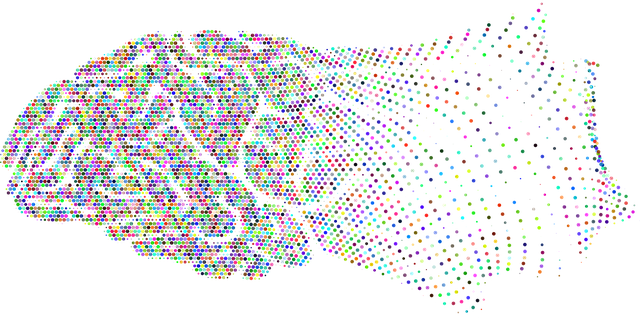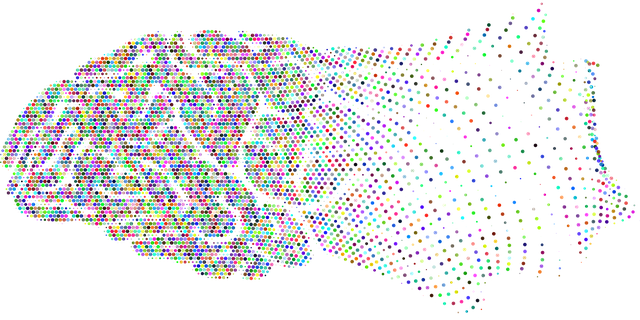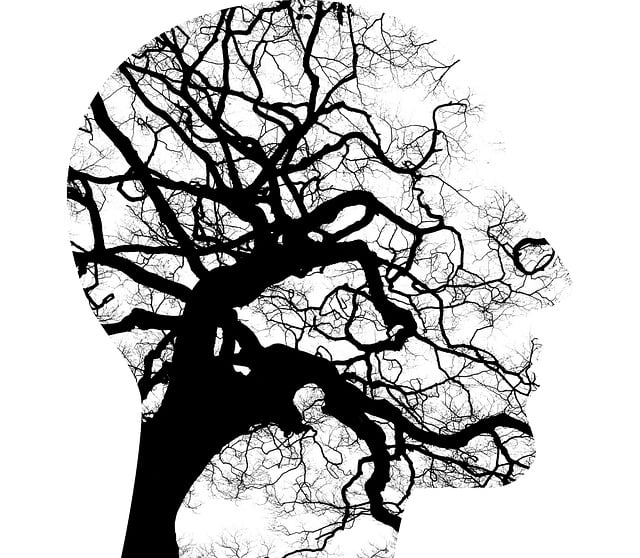Lone Tree Adolescent and Teen Therapy leverages diverse mental health data sources for comprehensive analysis, addressing confidentiality and privacy through meticulous preparation. This enables therapists and researchers to uncover trends like common adolescent challenges (e.g., mood management) and develop targeted interventions, such as Crisis Intervention Guidance and Mindfulness Meditation programs. Rigorous data analysis identifies key success indicators, treatment durations, therapeutic approaches, and patient characteristics, enhancing services for teens with various mental health concerns. Insights gained support evidence-based policy analysis, inform Mental Health Education Program design, and optimize patient outcomes through continuous evaluation and adjustments.
Mental health data analysis is a powerful tool for understanding and improving therapy services, especially among adolescents. This article explores critical aspects of mental health data interpretation with a focus on Lone Tree Adolescent and Teen Therapy Services. We begin by delving into the essential process of data collection and preparation, followed by an in-depth analysis of therapy outcomes for young individuals. By interpreting these findings, therapists in Lone Tree can make informed decisions, tailoring treatments to better serve their clients’ unique needs.
- Understanding Mental Health Data: Collection and Preparation
- Analyzing Adolescent and Teen Therapy Outcomes
- Interpreting Findings for Informed Decision-Making in Lone Tree Therapy Services
Understanding Mental Health Data: Collection and Preparation

Understanding Mental Health Data is a critical first step in any analysis process. Collectible data includes self-reported surveys, clinical assessments, and observational notes from therapists like those at Lone Tree Adolescent and Teen Therapy. Each source offers unique insights into an individual’s mental health status, behaviors, and progress. However, raw data requires careful preparation before meaningful interpretations can be made. This involves cleaning the data to address inconsistencies or errors, ensuring confidentiality and anonymity of participants, and aggregating data where necessary to protect privacy while preserving statistical power.
Proper preparation facilitates accurate analysis, enabling therapists and researchers to gain valuable insights into trends, patterns, and correlations within the data. For instance, analyzing survey responses can reveal common challenges faced by adolescents and teens, such as managing mood or resolving conflicts. This knowledge guides the development of targeted interventions like Crisis Intervention Guidance, ultimately improving care delivery and outcomes.
Analyzing Adolescent and Teen Therapy Outcomes

The analysis of adolescent and teen therapy outcomes is a crucial aspect of understanding the effectiveness of mental health interventions for younger populations. Programs like Lone Tree Adolescent and Teen Therapy focus on identifying key indicators of success to improve services tailored to this demographic. By employing rigorous data analysis methods, therapists and researchers can gain valuable insights into what treatments work best for various mental health concerns prevalent among teens. This involves scrutinizing factors such as treatment duration, therapeutic approaches, and individual patient characteristics.
In the context of Lone Tree Adolescent and Teen Therapy and similar initiatives, evaluating outcomes is not merely about measuring success rates but also about understanding the nuances of each teen’s journey. This includes exploring how Mental Health Education Programs Design can be enhanced to foster better resilience and coping mechanisms. Additionally, examining Mood Management techniques within these therapy settings allows for evidence-based policy analysis and advocacy, ensuring that mental health support aligns with the evolving needs of adolescents and teens.
Interpreting Findings for Informed Decision-Making in Lone Tree Therapy Services

At Lone Tree Adolescent and Teen Therapy, interpreting findings from data analysis is a cornerstone of our informed decision-making process. By delving into trends and patterns within our patient population, we gain insights that drive tailored interventions and personalized treatment plans. This approach leverages the power of mental health data to ensure every teenager receives support aligned with their unique needs.
Through meticulous analysis, our therapists identify key areas of concern, such as heightened rates of anxiety or emerging signs of depression. These revelations enable us to proactively implement strategies like Mindfulness Meditation and Inner Strength Development programs, which have proven effective in Depression Prevention. By continuously evaluating the impact of these initiatives, Lone Tree Therapy Services stays agile, making adjustments based on real-world data to optimize patient outcomes.
Mental health data analysis is a powerful tool for improving therapy services, especially in Lone Tree Adolescent and Teen Therapy settings. By understanding and interpreting this data, therapists can make informed decisions to enhance treatment outcomes. The process involves carefully collecting, preparing, and analyzing relevant information to identify trends and patterns among patients. This conclusion highlights the importance of these steps, as they enable professionals to tailor interventions, improve therapy techniques, and ultimately provide more effective care for young individuals seeking support in Lone Tree.














